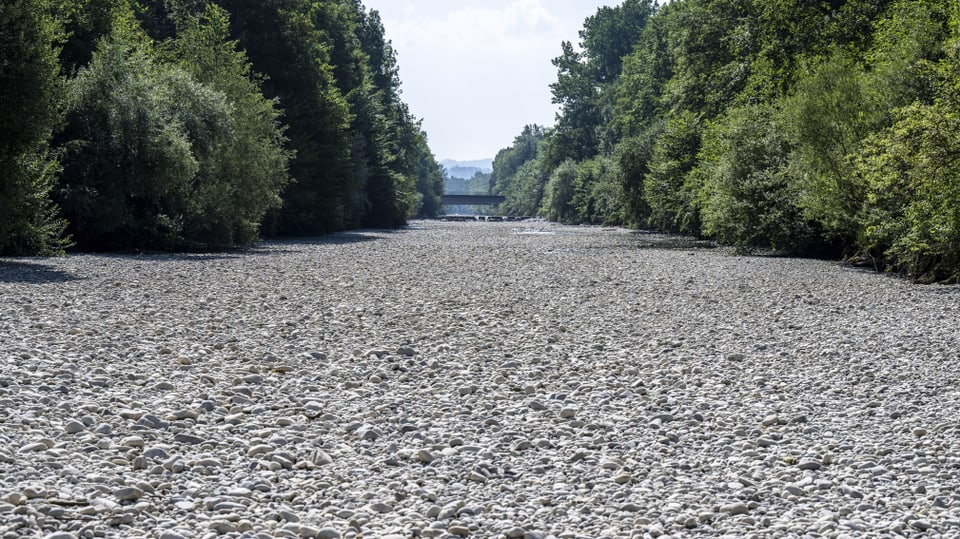- Heavy thunderstorms are moving across Switzerland
- According to SRF Meteo, they sometimes bring heavy rain and in places hail and gusts of wind.
- In Oron in the canton of Vaud, for example, 94 kilometers per hour were measured.
The thunderstorms had been announced by the federal government with the highest level of danger. All parts of the country were affected by the thunderstorm warning.
Legend:
The thunderstorm cells brought a lot of lightning – like here over Bern.
SRF
The thermometer had previously climbed above 35 degrees Celsius in many places. In Chur GR, 37.6 degrees were measured in the afternoon. It has been hotter at this station on a July day only twice since 1959. The record temperature in Chur was 38.1 degrees on July 28, 1983.
More than 37 degrees were also measured in Geneva-Cointrin, in Mathod VD and Payerne VD. The 36-degree mark was reached in Kloten ZH, in Sitten VS and in Bad Ragaz SG, and in Lucerne, Aarau, Biasca TI and Neuenburg NE, among others, the temperatures rose to over 35 degrees. The 30-degree mark had already been exceeded in numerous places in Switzerland in the morning. For example in Chur, in Aigle VD and in Ebnat-Kappel SG.
Emergency fishing due to dry Emme
However, the current heat wave was not able to surpass the previous all-time record. On August 11, 2003 41.5 degrees were measured in Grono GR.
Nevertheless, the current heat wave also took its toll: when working on a roof in Altendorf SZ on Monday afternoon, a 28-year-old worker fell three meters, presumably due to a heat stroke, and was injured, according to the Schwyz canton police.

Legend:
Dry river bed of the Emme near Aefligen near Kirchberg (07/11/23)
KEYSTONE/Peter Schneider
The Bern fisheries inspectorate also had to carry out emergency fishing in around a dozen waters. Among other things, from the Emme, which was dry below Aefligen BE and up to Schalunen (Municipality of Fraubrunnen BE), as confirmed by the fisheries inspectorate on request. This measure was necessary because the streams and rivers had little or no water due to the drought. The fish were in danger of suffocating.
